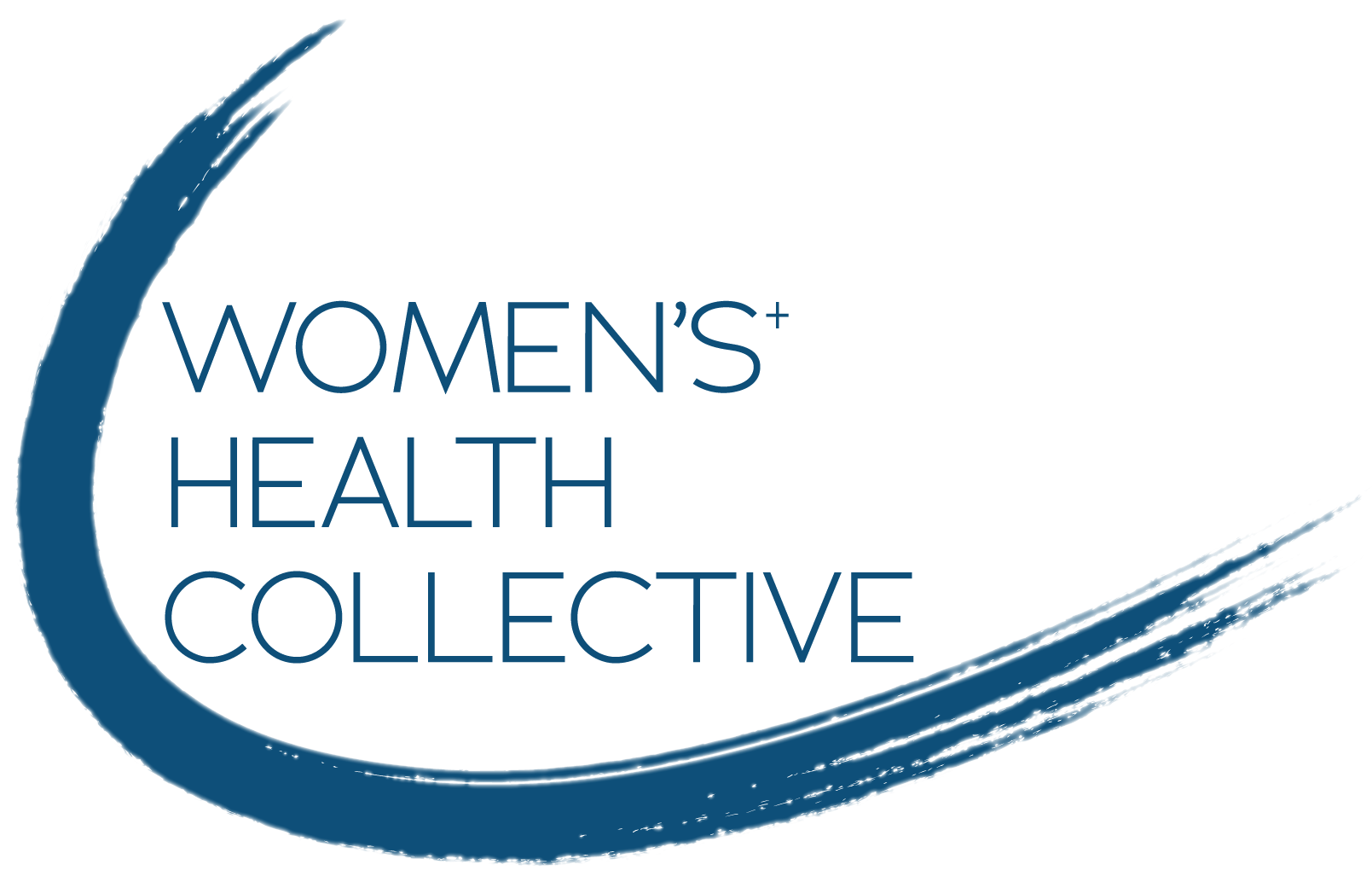Contraception - Our Metaphorical Gun
Guns have long been a source of pride for gun holders. A literal representation of their freedoms. A right closely linked to their quality of life. A tangible item that reaffirms a sense of safety and protection for them on the most basic level. In a fundamental way, birth control, especially reactive pills such as Plan B and Long Acting Reversible Contraceptives (LARCs), have a very similar function. Just as gun holders see their only protection against the threats of their world to be their guns, oftentimes one of the only things preventing a woman from suffering from debilitating cramps, massive bleeding, or unwanted pregnancy is contraception. Yet sadly, our government doesn't quite see how fundamental this necessity is for women.
For those who use contraception as birth control, it has been proven to be 99% effective in preventing pregnancies (according to Planned Parenthood). Providers recognize that by no means does one-size-fit-all and offer a variety hormonal options including the most popular pill (and it’s related mini-pill) but also the Depo Provera shot, the patch, the birth control implant, vaginal rings, and a LARC. The hormonal options all release progesterone with many releasing estrogen as well. While these options are all preventative, emergency birth control is also available and is analogous to the way a gun is a last-minute, reactive or protective option. Plan B (also known as the “morning after pill”) is the only one of its type not requiring a prescription though other options that can be effective for up to 5 days past unprotected sex are also offered. Finally, mechanical LARCs are also an option for women and can most often take the form of a copper Intrauterine Device (IUD) which can last up to 10 years without replacement. The copper in the device is toxic to sperm and prevents sperm from reaching and attaching to eggs serving as a physical defense against a possible pregnancy.
With the constitutionality of the Affordable Care Act (ACA) being tried in the Supreme Court on November 10th, women on the whole stand to lose a lot. For one, 67 million women with pre-existing conditions (a cesarean birth included) are looking at higher premiums and more denials, not to mention the fact that women were statistically charged higher insurance rates than men of the same age before the ACA. Along with the necessity for employers to cover a woman’s birth control in their insurance, if the ACA is struck down in court, pregnancy will be considered a pre-existing condition and many women may no longer be able to afford pap smears and mammograms. In addition to contraception, retracting the ACA without a replacement could cause an increase in the cost of HIV, HPV, and domestic violence screenings. While the ACA was not perfect and has left variability in contraception coverage between various states, the ACA saved women a collective 1.4 billion on birth control in 2013 alone. Moreover, the Guttmacher Institute reports that increases in contraceptive use from 2007 to 2014 (10% increase in general contraceptive use, 6% increase in LARC use) have caused national decreases in abortion rates in women aged 15-19. The Colorado Department of Public Health & Environment reports as high as a 48% decrease in abortion rates for Colorado women between the ages of 15-19 since the implementation of the ACA.
The bottom line is that retracting the ACA diminishes women’s access to protection and healthcare to be dependent on their employer’s religious or personal beliefs. Regardless of one’s views on abortion or one’s political affiliation, access to healthcare should not become a political issue, swinging and changing between each administration. This stigmatization of healthcare affects real women trying to make informed choices about their lives and protecting themselves from pregnancies, POCS, endometriosis, massing bleeding, cramping, and a multitude of other conditions that affect quality of life and increase missed days at work.
Blog post by Akansha Das
